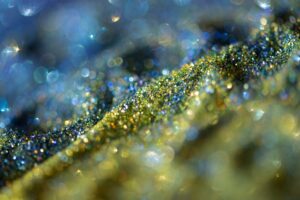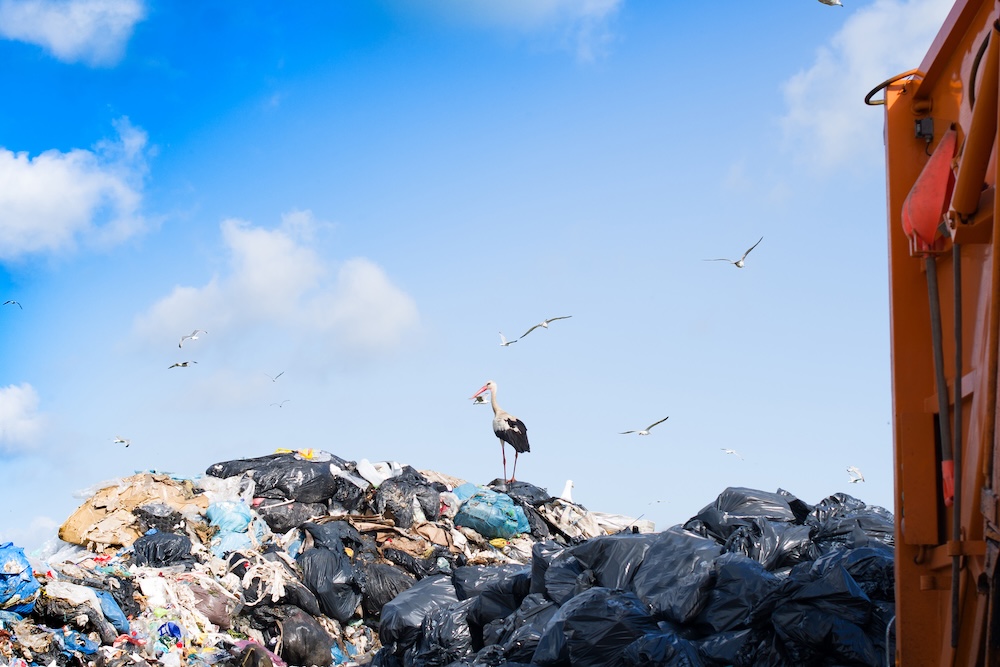Why Wildlife Deserves Our Urgent Attention
As the climate crisis accelerates and global waste piles up, wildlife is caught in the crossfire. From plastic pollution to habitat disruption, animals on land and sea face mounting challenges caused by our unsustainable habits.
Understanding these interlinked threats is key to preserving biodiversity—and restoring balance to ecosystems that support all life, including ours.
How Climate Change Impacts Wildlife
1. Habitat Loss and Fragmentation
- Melting ice forces polar bears, seals, and penguins into shrinking habitats
- Deforestation for agriculture destroys homes for orangutans, elephants, jaguars
- Rising seas wipe out coastal wetlands, vital for shorebirds, fish, and amphibians
2. Disrupted Migration Patterns
- Changes in seasonal cues confuse migratory species like monarch butterflies, arctic terns, and whales
- Animals arrive at breeding or feeding grounds at the wrong time—leading to reduced survival rates
3. Temperature Stress
- Coral reefs experience mass bleaching from warming oceans
- Amphibians and reptiles are highly sensitive to shifts in ambient temperature, affecting development and reproduction
4. Food Chain Imbalance
- Climate shifts affect the timing of plant blooms, insect emergence, and prey movement—disrupting predator-prey relationships
How Garbage Impacts Wildlife
1. Plastic Ingestion
- Sea turtles, seabirds, whales, and fish mistake plastic for food, leading to starvation and internal injuries
- Over 1 million seabirds and 100,000 marine mammals die from plastic ingestion annually
2. Entanglement
- Fishing nets, balloon strings, six-pack rings, and face masks trap marine life and birds
- Animals suffer amputations, strangulation, or drowning
3. Chemical Leaching
- Plastics and e-waste leach endocrine-disrupting chemicals into soil and waterways
- Bioaccumulation of toxins affects species health and fertility
4. Habitat Contamination
- Landfills and illegal dumping destroy nesting and foraging areas
- Sharp objects, toxic metals, and broken glass injure wildlife
Combined Pressures: A Vicious Cycle
Climate change and waste pollution don’t just coexist—they amplify each other:
- Melting permafrost releases buried microplastics and legacy pollutants
- Storm surges scatter garbage across once-pristine habitats
- Wildfires, worsened by climate change, destroy ecosystems already burdened with plastic debris
Species at Risk (Examples by Region)
Marine Life:
- Sea turtles (global): ingest plastic bags, entangled in nets
- Whales (Pacific): stomachs found full of trash
- Coral reefs (Caribbean, Indo-Pacific): threatened by heat and waste
Terrestrial Wildlife:
- Elephants (India, Sri Lanka): scavenge landfills, consume plastic
- Bears (North America): drawn to trash, habituated to human food
- Birds of prey: poisoned by landfill runoff and e-waste toxins
Arctic & Alpine Species:
- Polar bears: ice loss, ingesting microplastics from prey
- Snow leopards: shrinking habitat and human-waste conflict zones
What Can Be Done: Wildlife-Focused Solutions
1. Sustainable Waste Management
- Expand closed-loop systems to reduce landfill overflow
- Prioritize zero-waste packaging and plastic bans
- Support wildlife-safe waste disposal in rural and coastal zones
2. Protected Areas and Wildlife Corridors
- Design and enforce climate-resilient conservation zones
- Create corridors for migration and breeding that account for warming trends
3. Responsible Consumption
- Choose plastic-free, non-toxic products
- Support companies using recycled materials or wildlife-safe certifications
4. Policy and Advocacy
- Push for regulations on plastic production and e-waste exports
- Support global biodiversity agreements and reforestation efforts
5. Citizen Science and Education
- Participate in wildlife monitoring apps, beach cleanups, or community habitat restoration
FAQs About Wildlife and Environmental Threats
How do plastics end up in remote wildlife areas?
Wind, rivers, ocean currents, and even migratory species transport trash far beyond its source.
Are biodegradable plastics safe for wildlife?
Not always. Some require industrial composting and may still cause entanglement or ingestion harm.
Can small lifestyle changes really help wildlife?
Yes. Choosing sustainable products, reducing waste, and staying informed influence supply chains and policies.
What’s the most threatened wildlife region?
Many—Arctic, Amazon, coral reefs, and small island ecosystems are on the front lines.
Final Thoughts: From Harm to Habitat
Protecting wildlife isn’t just about saving animals—it’s about restoring balance in the web of life we all depend on.
By understanding how climate change and garbage intersect, we can push for smarter systems and daily habits that preserve nature. Every action counts—from the checkout line to the shoreline.
Let’s choose to share the planet, not smother it.








Reader Interactions